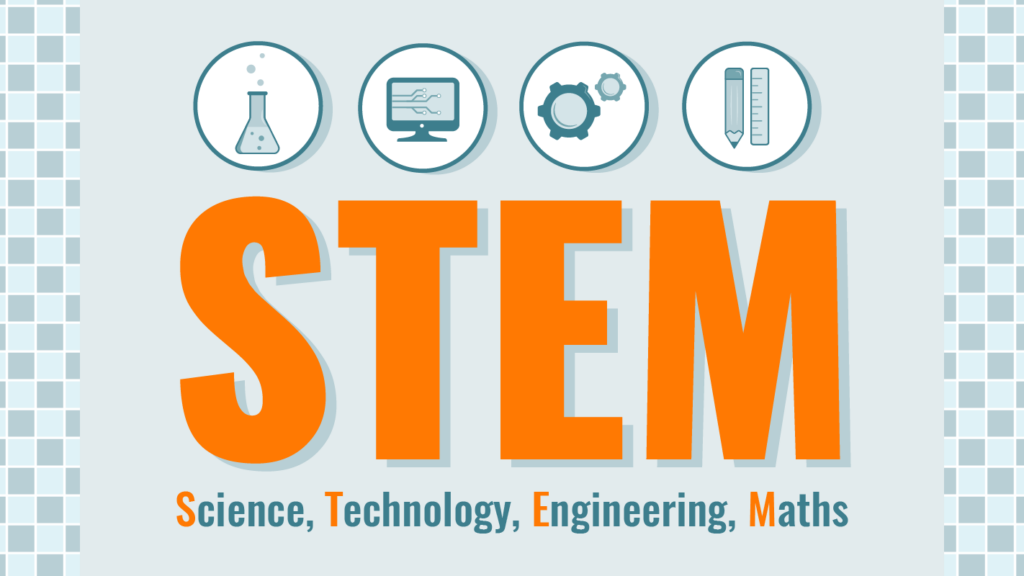The idea of STEM education – its origins, and searching for XXI century solutions

Do you know what is STEM education?
STEM education is an approach that intends to teach Science, Technology, Engineering and Maths as an integrated whole, covering the entire development from early childhood to higher education (Bybee, 2010). Scientific literacy implies providing students with a set of tools that help them interpret and answer to science found in everyday life. It emphasizes, for example, health and the environment (Vincent-Lancrin, Kärkkäinen, & Avvisati, 2011).
What are the benefits of this perspective?
STEM education develops human cognitive capital (knowledge, abilities and capacities) and brings to light non-cognitive characteristics such as work values (Carnevale, Smith, & Melton, 2011). It has also been linked to future scientific leadership and prospective economic growth (National Research Council, 2011).
A bit of history…
The US National Science Foundation first aroused the STEM acronym (Kumtepe & Kumtepe, 2013). It was prompted by the need to raise citizens capable of contributing to the economic and cultural competency in the information era (Moomaw & Davis, 2010). Research in the STEM field is incipient compared to that in curriculum development and student’s performance (English, 2016). Even though the early introduction to STEM subjects is being discussed recently by researchers, major propositions for national regulation, curriculum development, teacher preparation, and setting standards are still lacking (Akgündüz et al., 2015).
But… why STEM education?

It is claimed that knowledge and skills from STEM disciplines are increasingly required in jobs at all levels, with a tendency on the rise. The STEM disciplines should be integrated as a whole: its effectiveness should come from integration of science and math skills into an engineering or problem solving process that entails utilization of developmentally appropriate technologies (Merril & Dughery, 2010).
Studies derived from PISA Informs demonstrate the correlation between the development of STEM competencies and innovation (OCDE, 2015). However, innovation based on science and technology is impossible without a working force educated on Science, Technology, Engineering, and Mathematics (Atkinson & Mayo, 2010). Improvement in early childhood teacher’s education is required.
At the end…
Teachers have the last word: we mean that student’s performance on tasks depends on multiple incentives, and effort and motivation are fundamental for greater achievements and cognitive development. It has been proved that relevant experiences promoting cognitive, physical, social and emotional development in early childhood have an impact on future stages’ results (Chetty et al, 2011). It is the most permeable period when learning. Teachers are of primordial importance and the need to optimize their contribution has been endorsed at European level as a priority of politics of education (European Comission, 2015).
